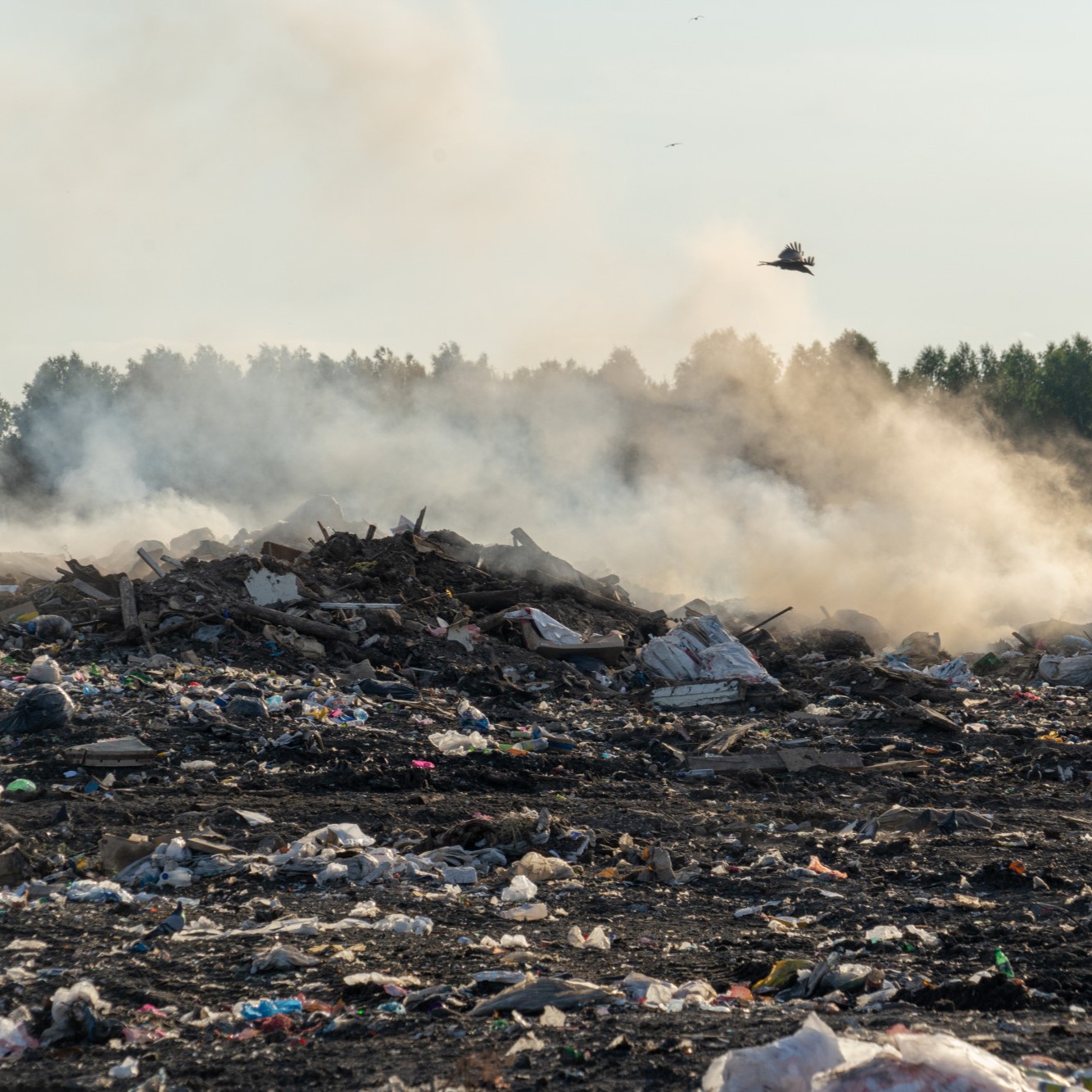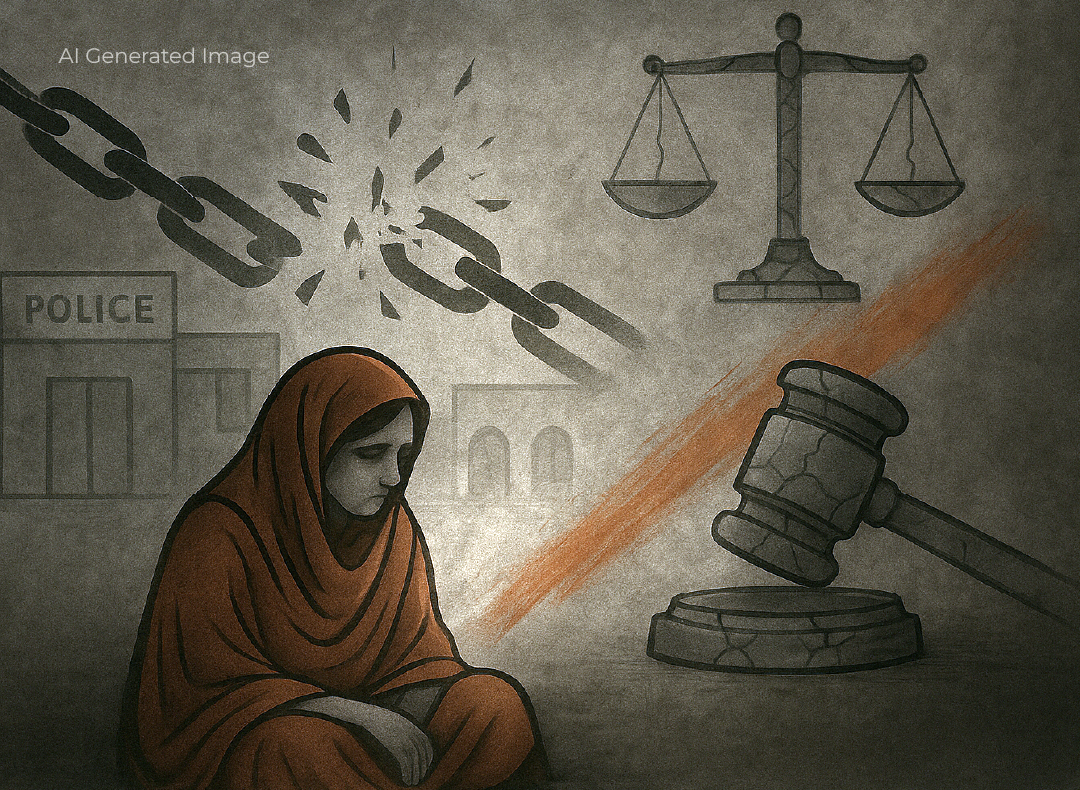The municipal corporation of Rahim Yar Khan has found an innovative method for disposing of the city’s massive garbage output, but this strategy is now raising health concerns for residents citywide.
Riaz Ahmed, a local businessman residing in Jinnah Park, Rahim Yar Khan, reveals that the municipal committee neglects garbage collection in their area. Instead, the waste is accumulated in a corner and set ablaze. When questioned about this problem, sanitation workers argue, “We don’t even have a trolley to collect garbage.”
“If we persistently request assistance, sanitation workers stop visiting our area regularly. When they do, they only collect a portion of the garbage, leaving the remainder to be set ablaze on-site,” says Ahmed.
Arsalan Ali, a resident of Canal Park, echoes the same grievance that the municipal corporation accumulates garbage in an empty plot in his area and sets it ablaze. This results in unpleasant odours and smoke, significantly affecting the residents’ quality of life in the locality.
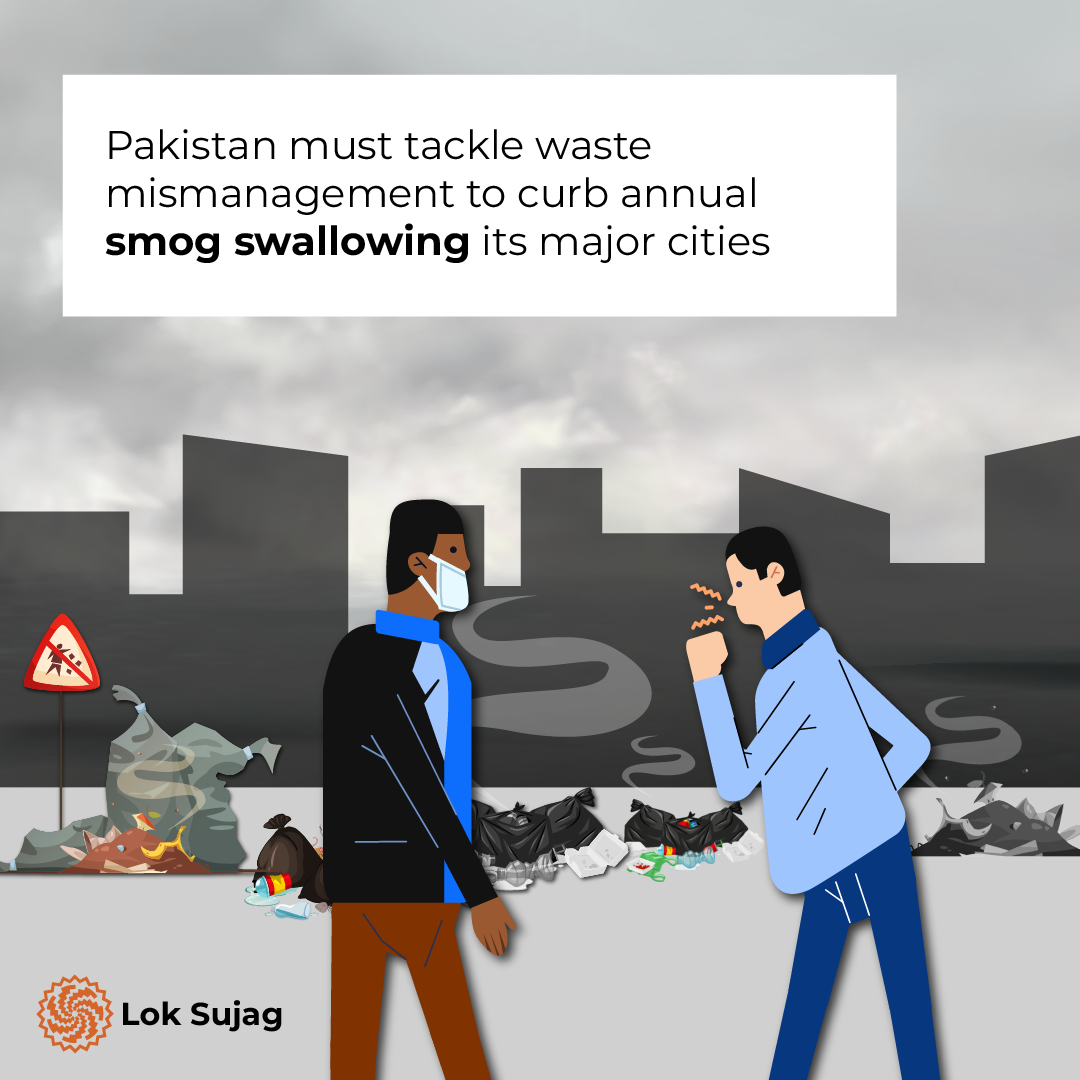
He says the Punjab government is implementing various measures across the province to control air pollution. However, municipal corporations’ practices here contribute to the rise in pollution.
The Punjab government had commissioned an urban planning report, indicating that Integrated Solid Waste Management estimated the daily waste production in Rahim Yar Khan city to be 169.21 tons in 2013. The same report projected that, by 2023, the daily waste generation would reach approximately 287.49 tons.
For proper disposal of such a substantial quantity of waste, it is crucial to have a large “landfill site.” However, Rahim Yar Khan has yet to establish such a site. Instead, the corporation has set up “collection points” at various locations for waste collection.
The Municipal Corporation’s Sanitary Supervisor, Muhammad Zubair Kanjo, explains that the city’s waste is collected at ten points. It is then transported to three major dumping sites using tractor-trolleys from these collection points. One site is near Khanpur Ada, adjacent to the Overhead Bridge in the city, while the other two are situated in suburban areas—Norewali Moor and Moh Mubarak.
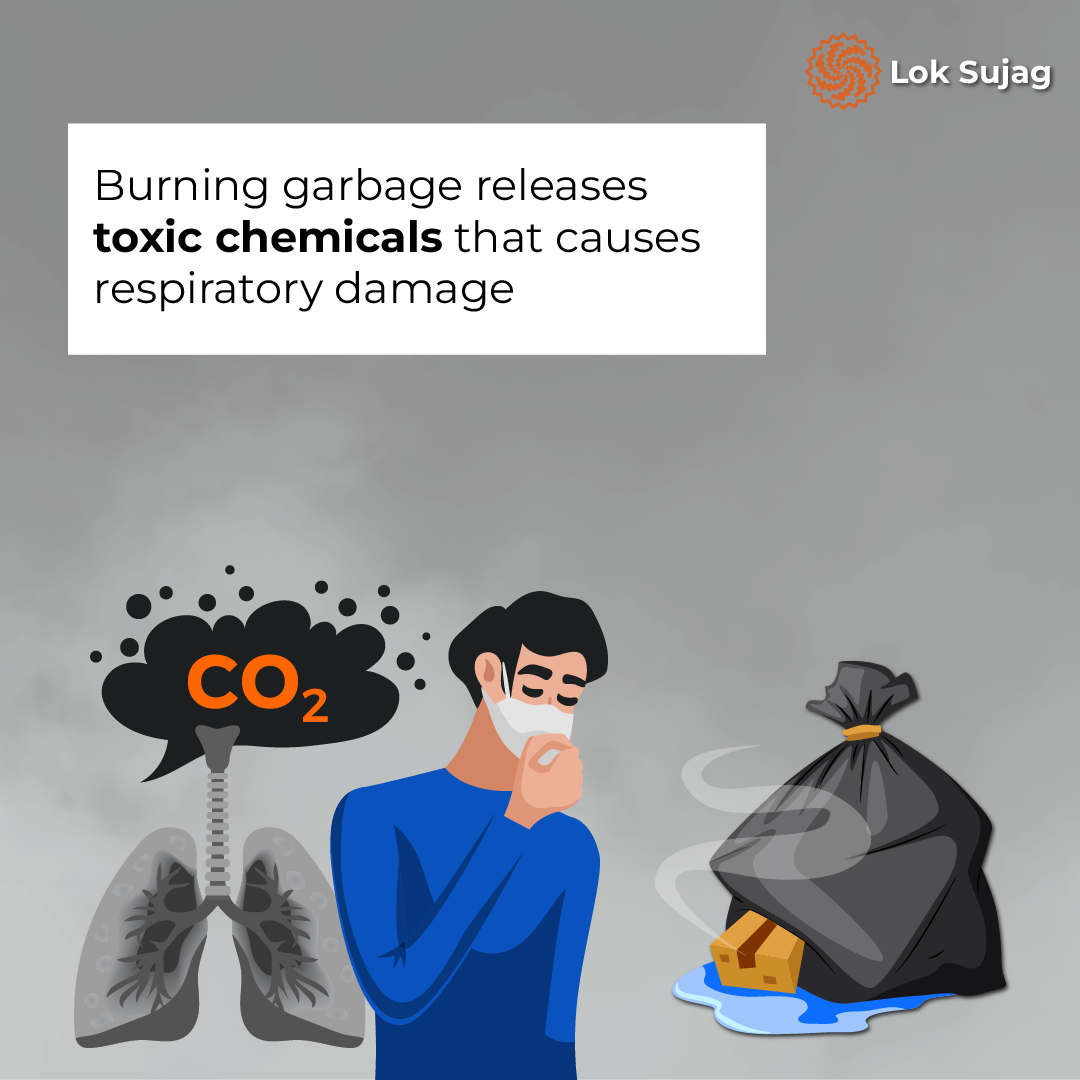
According to the corporation’s records, approximately 120 tons of waste are collected from the city daily and deposited at the dumping points. The operation involves the use of nine tractor-trolleys and three front-blade tractors.
If the estimates of the Punjab government and the corporation’s records are considered accurate, then more than 150 tons of waste are burned within the city daily. Piles of garbage are also set on fire at the dumping points. However, no official is willing to accept this fact.
The Chief Officer of the Municipal Corporation, Mahmood Ahmad, denies the burning of waste at the dumping station. He asserts that since his appointment, the waste is transported in garbage trucks to Moh Mubarak Road, where it is then buried in the ground.
“However, some areas have private waste collectors, and they may resort to burning. We have warned our staff that if any municipal employee is found burning waste, formal FIRs will be lodged against them,” says Mahmood.
When asked whether any such FIRs have been filed, his response was negative.
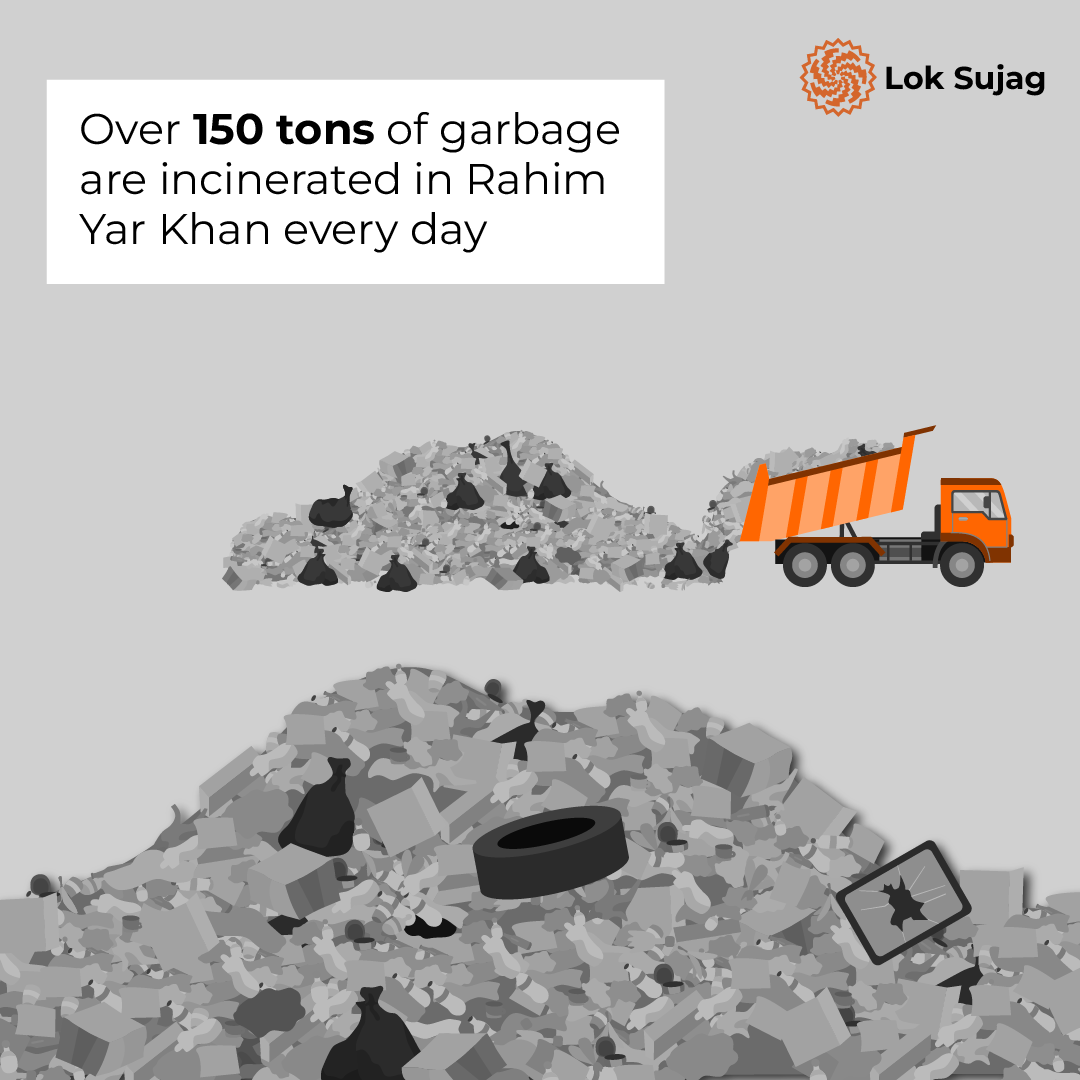
In Rahim Yar Khan, with a population of nearly half a million, no landfill site is established for waste disposal. Moreover, the Municipal Corporation lacks the required vehicles and machinery to handle the anticipated 287.49 tons of waste daily, leading to visible smoke emanating from garbage piles in different areas.
Municipal Committee Administrator and Additional Deputy Commissioner (Revenue) for the Rahim Yar Khan region, Ahmad Raza Butt, says that the municipal department has identified government-owned land for the establishment of a landfill site. He says, “Our multimillion-rupee project has been underway for the past few months. Machinery for solid waste disposal will be installed there, and all the waste will be managed at the designated site.”
Shafqat Ali, who lives near the Khanpur Ada Overhead Bridge in the city, points out that there is a waste dumping site near his house where, rather than being buried in the ground, the garbage is set on fire. “This situation leads to breathing difficulties due to the smell and smoke.”

Dr. Imran Bashir, an Associate Professor in the Department of Pulmonology at Sheikh Zayed Medical College Hospital, mentions that he frequently asks patients about their exposure to the surrounding air quality.
“Many patients report that garbage burning near their homes leads to respiratory distress.”
He mentions that the hospital received around 300 outdoor patients daily before the smog season. However, now the number has risen to approximately 450 patients each day. Among them, the cases of respiratory diseases have surged by about 20 per cent. Moreover, there is also an uptick in patients with cold, flu, and cough.
Dr. Muhammad Ramadan, Registrar of the Department of Ophthalmology, states that the smoke resulting from burning garbage can lead to irritation in the eyes. If patients do not receive timely medication, the irritation can exacerbate. Following the advent of smog, there has been an increase of seven to eight per cent in such cases.
Also Read
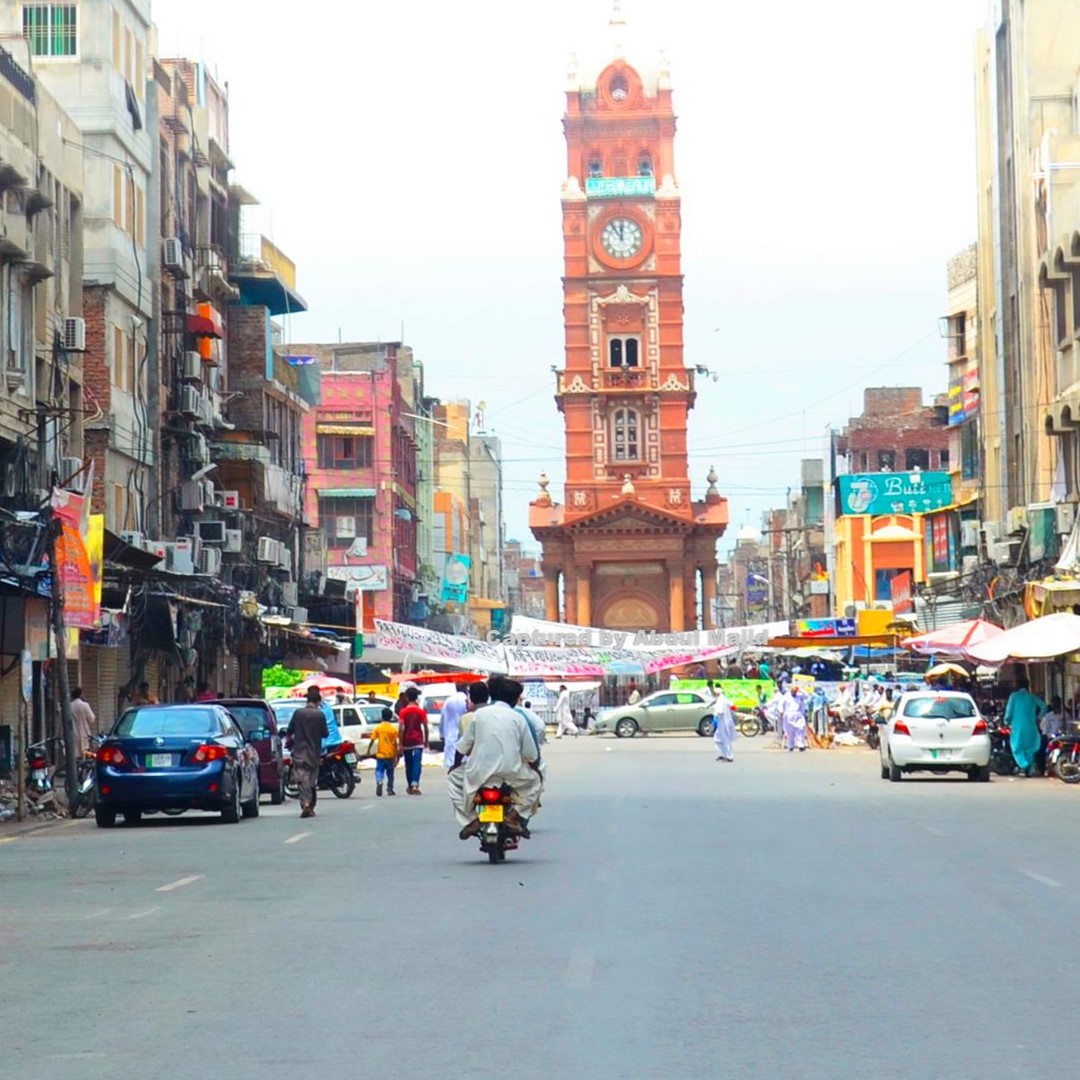
Thirsting for greenery: Faisalabad's battle for a breath of fresh air
Aamir Rahmani, Assistant Director of the Department of Environmental Protection, tells Lok Sujag that at the onset of the smog season, Municipal Committees and Corporations were directed by the Municipal Secretary not to burn waste; therefore, there haven’t been any such instances in their records. However, he acknowledges that sanitation workers might burn garbage in residential areas.
He mentions that during the current smog season, the Air Quality Index (AQI) had reached up to 140 points, but it has significantly decreased now, posing no immediate health hazards. “In the first week of November 2023, there was smog in Rahim Yar Khan’s atmosphere, but it dissipated due to rainfall.”
However, according to the IQAir website – which presents global air pollution statistics – on December 5 this year, Rahim Yar Khan’s air pollution was 14.6 times higher than the standards established by the World Health Organization. The Air Quality Index (AQI) was recorded at 160 points.
Umair Azhar, Additional Director of the Institute of Chemical and Environmental Engineering at Khawaja Fareed Engineering University of Information Technology, explains that industrial emissions, burning crop residues, and vehicle emissions generate hazardous compounds. The combination of these compounds with atmospheric water vapour contributes to the formation of smog in the air.
He adds that burning waste, particularly plastic items, contributes to smog, posing greater hazards and the potential to cause various diseases.
Published on 12 Dec 2023
